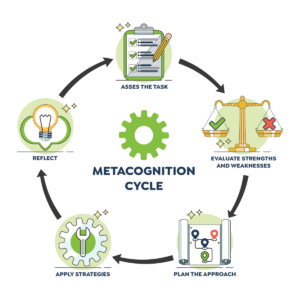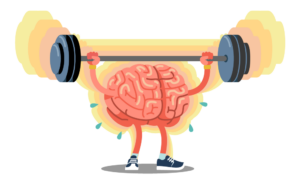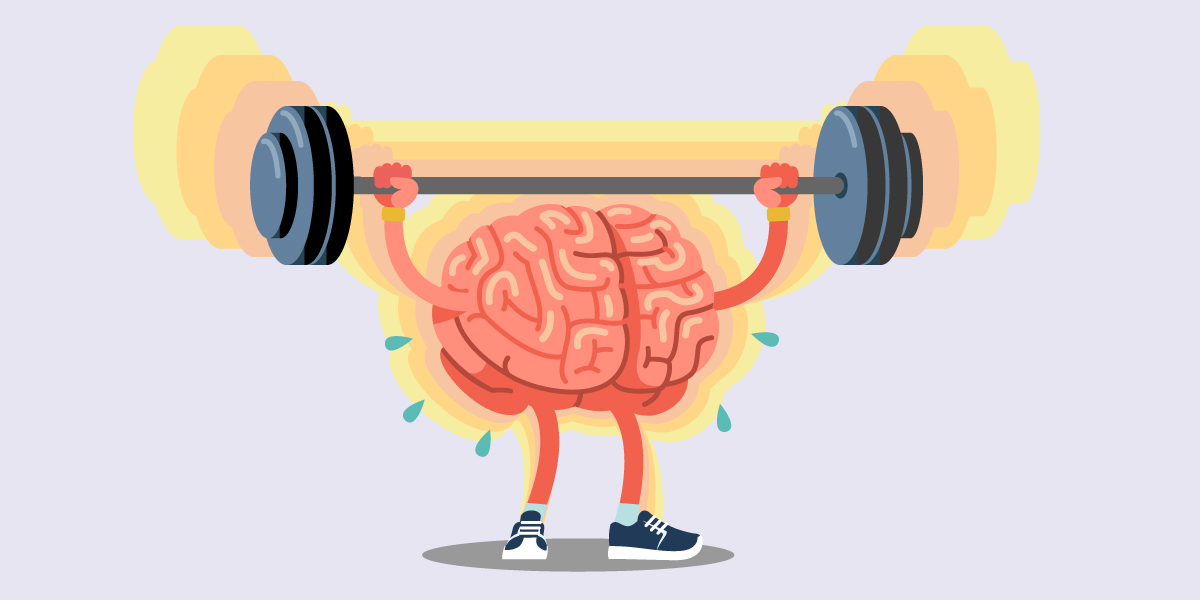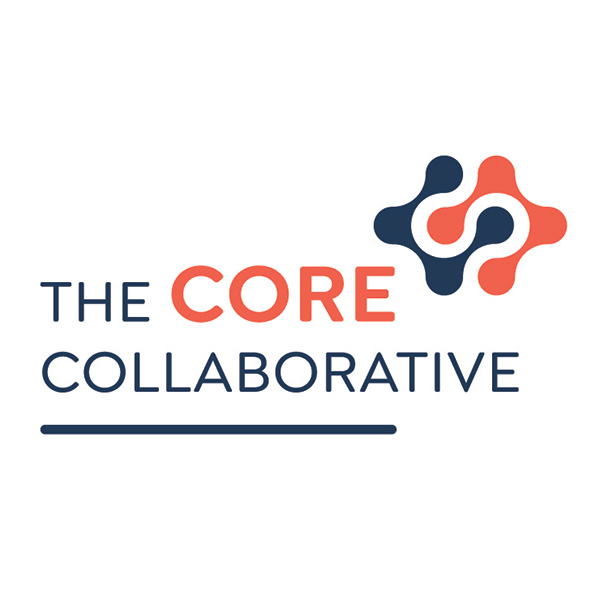The metacognitive cycle, a structured framework for thinking about thinking, supports students in taking charge of their learning and becoming reflective thinkers. By fostering awareness of their thoughts and strategies before, during, and after a task, students are better equipped to navigate challenges, monitor their progress, and self-assess effectively. When embedded in classroom culture, the metacognitive cycle offers the profound potential to close the metacognitive equity gap—ensuring that all students, with their diverse-rich, lived experiences, develop strong learning-to-learn skills essential for academic success and lifelong learning.
This blog will explore the metacognitive cycle in a Before-During-After format, highlighting the questions students can ask themselves at each stage. These self-directed inquiries empower students to approach problems with purpose, tackle challenges with resilience, and reflect on their work meaningfully.
Understanding the Metacognitive Cycle and Its Role in Equity
The metacognitive cycle involves three distinct stages: planning (before), monitoring (during), and evaluating (after). Research highlights that students often enter school with differing levels of metacognitive awareness. By explicitly teaching the metacognitive cycle, we bridge these gaps, ensuring that all students have access to critical self-regulatory strategies that drive success. Implementing metacognitive practices in classrooms equips students to set personal goals, self-reflect, and persevere through challenges—cornerstones of an equitable, learner-centered classroom.

Before: Planning and Setting Intentions
The “before” stage is foundational; students set goals, activate prior knowledge, and formulate a plan. It primes them for success by helping them approach tasks with a clear sense of purpose and strategy.
Questions students might ask:
- How can I overview the task and directions so I can determine my approach?
- What do I already know about this topic or problem?
- What is my goal or objective for this task?
- What strategies have helped me in similar tasks before?
- What strategies can I use to approach this task successfully?
- How can I come up with a Plan A and Plan B so I have multiple pathways for success?
- What resources or tools will I need?
- What potential challenges could I encounter, and how might I overcome them?
This phase builds confidence and prepares students to take ownership of their learning. When students see a clear purpose for their work, they are more likely to stay engaged and motivated, setting the stage for deeper understanding.
During: Monitoring and Adjusting
The “during” stage is where students actively monitor their comprehension, adjust their strategies as needed, and persist through difficulties. Developing the ability to “think on your feet” and adapt is crucial for lifelong learning and resilience.
Questions students might ask:
- Am I understanding what I’m reading or solving? If not, what can I do?
- Is my strategy working, or do I need to try something different?
- Am I staying focused on my goal, or do I need to refocus?
- What is my next step, and how does it connect to the task as a whole?
- How am I feeling about this task? If I’m frustrated, what can I do to manage that?
During the task, students practice flexibility, managing emotions, and adapting strategies as they receive feedback. These reflective skills are particularly empowering for students who may have traditionally faced barriers to success, giving them the tools to break down challenges and make informed choices independently.
After: Reflecting and Evaluating
The “after” phase encourages students to review their work, reflect on their performance, and consider what they could do differently next time. It’s an opportunity for growth and long-term learning.
Questions students might ask:
- Did I achieve my goal or solve the problem effectively?
- What strategies worked well, and what could I improve?
- How did my preparation affect my outcome?
- What did I learn from this task that I can apply to future tasks?
- How will I approach similar challenges in the future?
Reflection helps students consolidate learning, internalize effective strategies, and develop a growth mindset. For students who have faced past academic struggles, this process reinforces their belief in their ability to improve and succeed.
Here’s a link to a table that aligns with the metacognitive cycle and provides supportive questions for students at each stage. This table can be a practical resource for educators to help students develop metacognitive awareness and guide them through the Before, During, and After stages for any task.
 Let’s Close the Metacognitive Equity Gap!
Let’s Close the Metacognitive Equity Gap!
By intentionally teaching and reinforcing each stage of the metacognitive cycle, we can support all students, particularly those who may not have had equal access to self-regulation strategies at home or in prior schooling. When students learn how to approach, monitor, and reflect on tasks thoughtfully, they gain control over their learning experiences. This empowers them to build resilience, confidence, and independence—all critical factors in achieving equity in our schools.
Equipping students with metacognitive skills is not just about improving grades; it’s about leveling the playing field and ensuring that every student has the tools to be successful. When students recognize the power of self-regulation, they become advocates for their own learning and growth. For educators, embedding the metacognitive cycle into classroom practice is a meaningful step toward fostering a more equitable learning environment. By teaching students how to think critically about their thinking, we help them bridge the metacognitive equity gap and prepare them for lifelong success.
PS: To learn more about closing the metacognitive equity gap, check out Chapter 7 in Amplify Student Voice through Culturally Responsive Assessment, published by Mimi & Todd Press.



